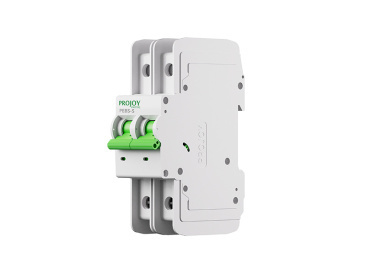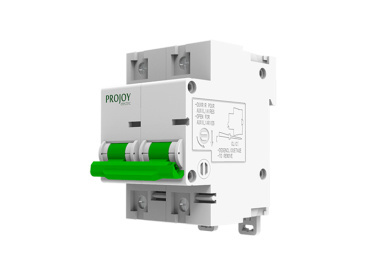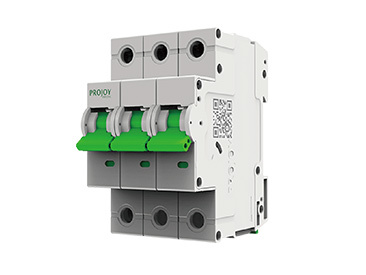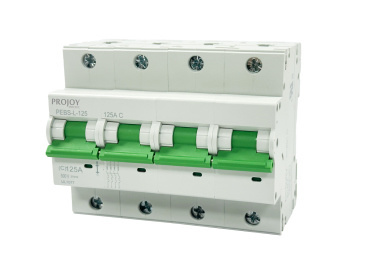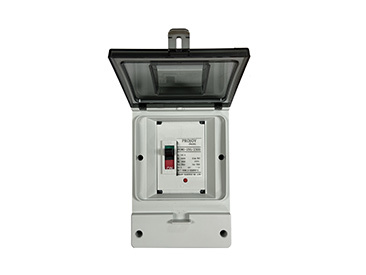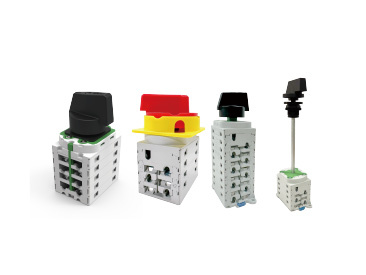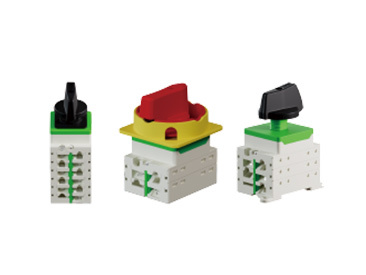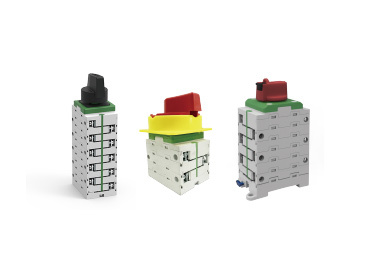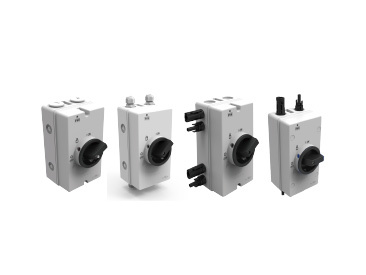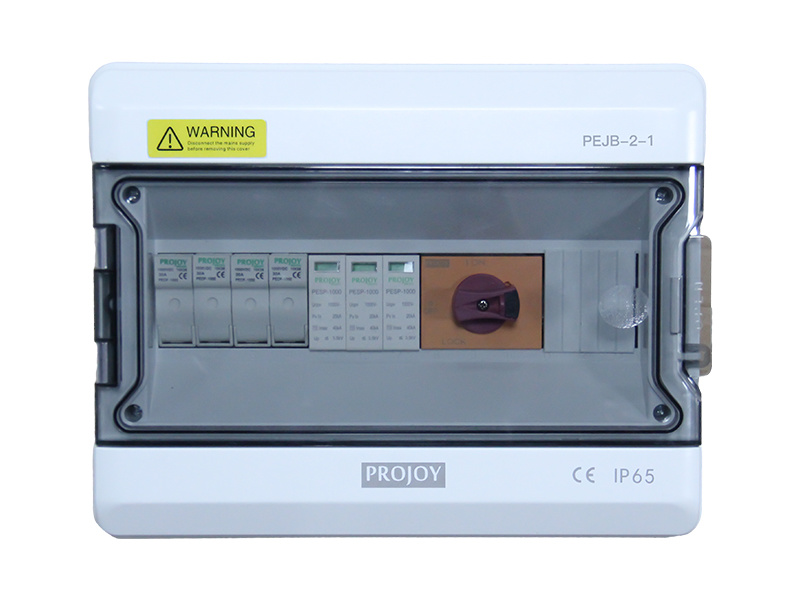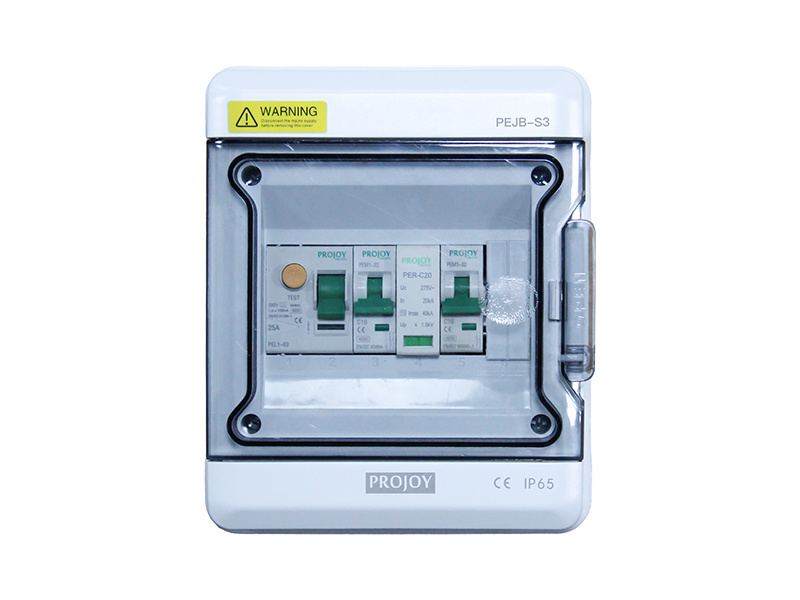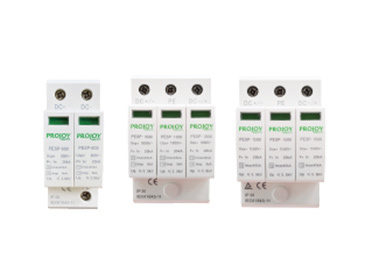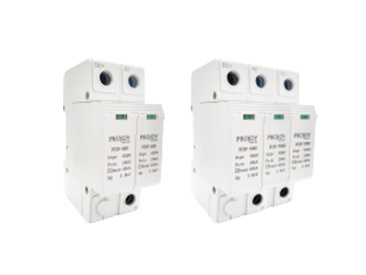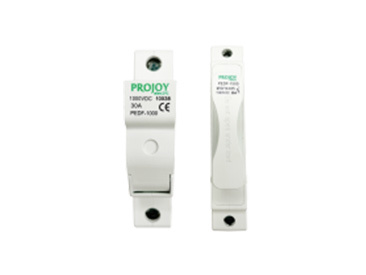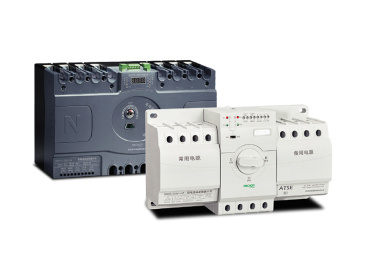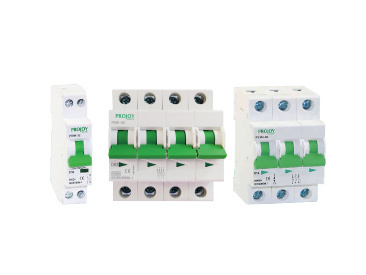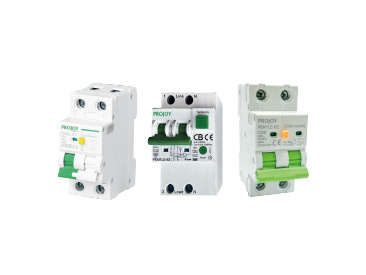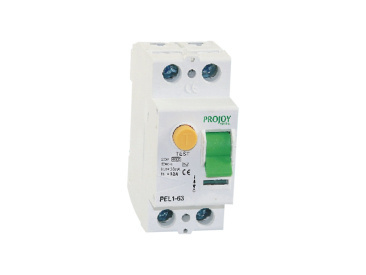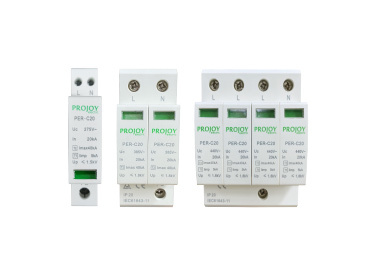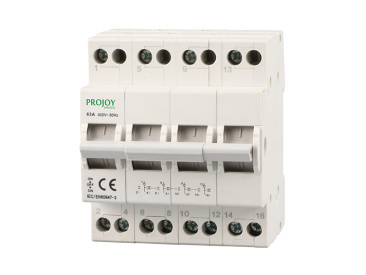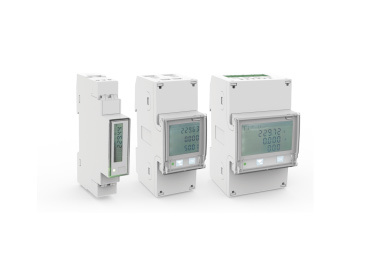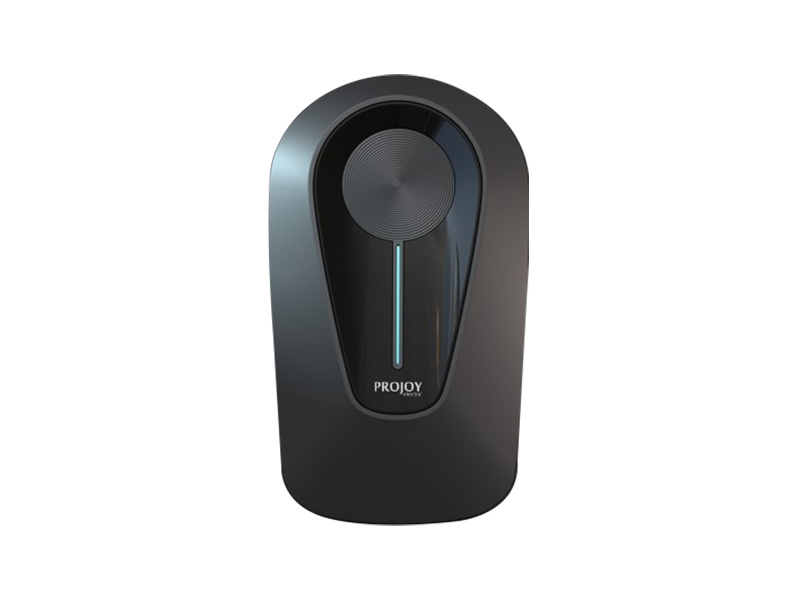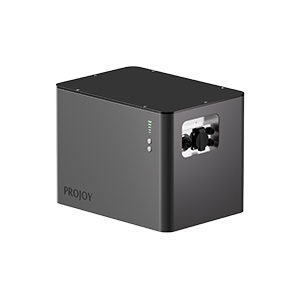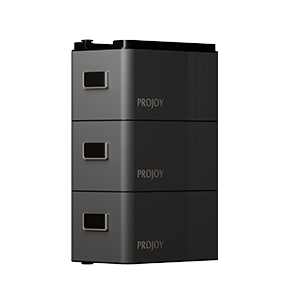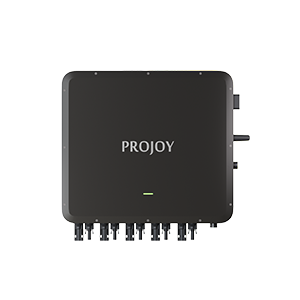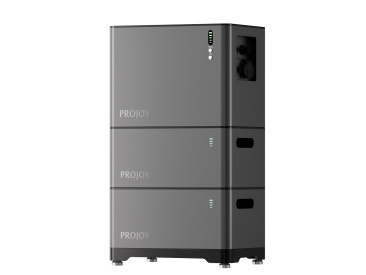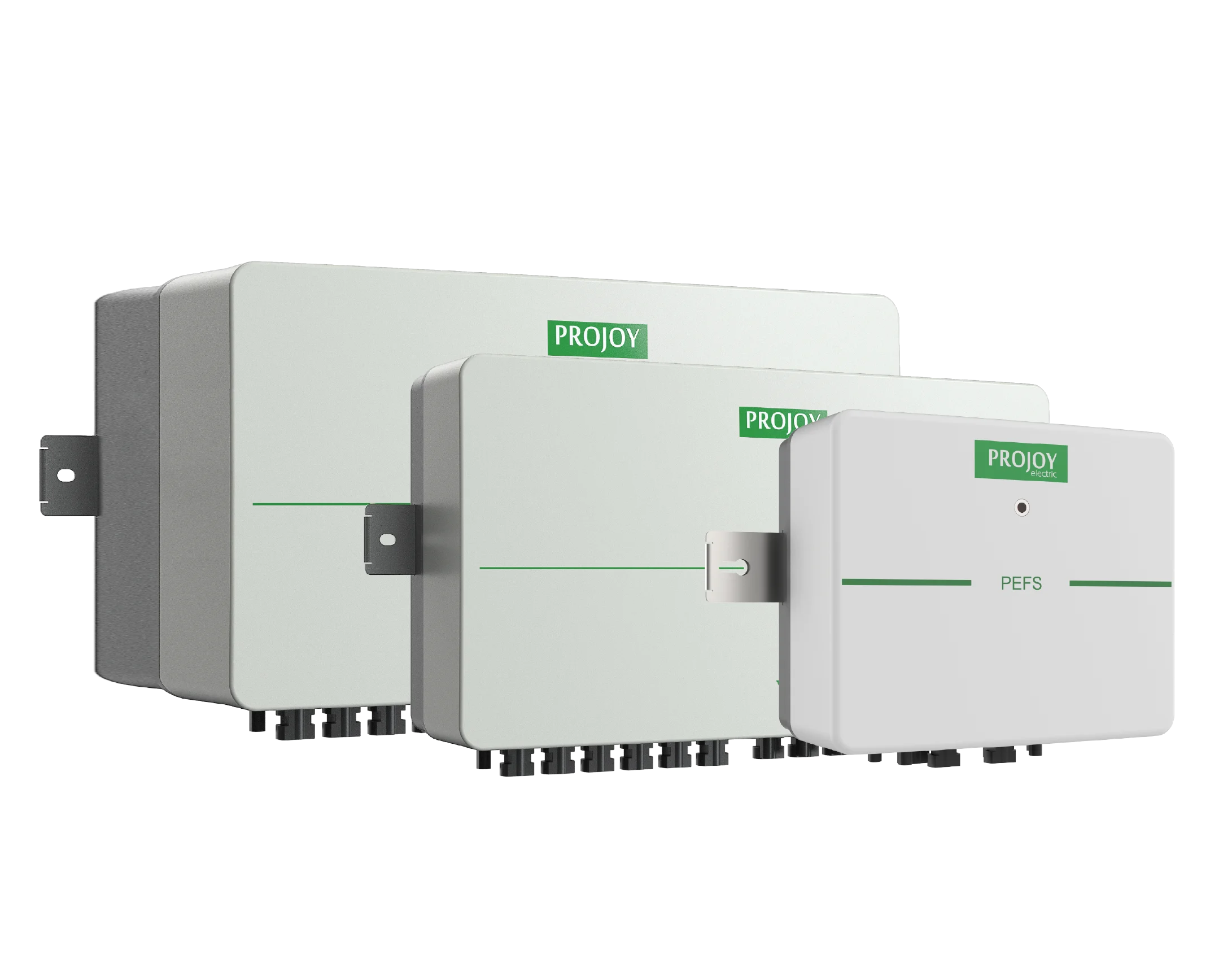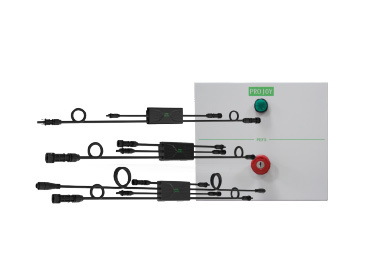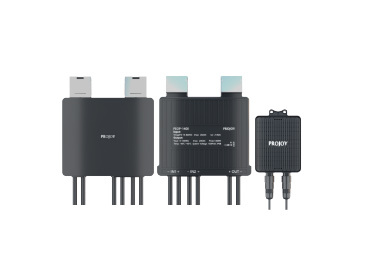Understanding the Essential Components of Energy Storage Systems
Energy Storage Systems (ESS) play a crucial role in modern power management by enabling the efficient storage and release of energy. The primary components of these systems include batteries, inverters, controllers, and other supportive technologies, each contributing to the overall efficiency and functionality of the system.
1. **Batteries**: At the heart of any energy storage system are the batteries. They come in various chemistries, such as lithium-ion, lead-acid, and flow batteries. Each type offers different advantages including energy density, lifespan, and charge/discharge rates. The choice of battery impacts the system's overall efficiency, cost-effectiveness, and suitability for specific applications, from home solar installations to large-scale renewable energy projects.
2. **Inverters**: Inverters are essential for converting the direct current (DC) electricity stored in batteries into alternating current (AC) electricity that powers homes and businesses. They manage the flow of energy between the battery and the electrical grid or local loads. Advanced inverters also optimize energy use, helping to manage energy flow and enhance system performance through smart technology integration.
3. **Controllers**: Energy management systems (EMS) or controllers ensure that the energy storage system operates efficiently. They monitor battery performance, state of charge, and overall system functionality. Controllers can also facilitate communication between different components of the ESS, ensuring optimal performance, safety, and longevity.
4. **Charging Systems**: These components manage the process of charging the batteries, ensuring they are filled efficiently and safely. Charging systems can vary based on the battery type and the energy source, whether it’s from the grid, solar panels, or other renewable sources. They often incorporate smart technology to enhance charging efficiency and battery lifespan.
5. **Thermal Management Systems**: Proper thermal management is vital to maintain the operational efficiency of an energy storage system. Excessive heat can decrease the performance and lifespan of batteries. Thermal management systems monitor and regulate the temperature within the battery packs, using cooling or heating methods to ensure optimal operating conditions.
6. **Safety Systems**: Safety is paramount in energy storage systems. Safety components may include fuses, circuit breakers, and monitoring systems that detect anomalies or faults. These systems work together to protect the batteries and other components from overheating, overcharging, and other potentially hazardous conditions.
In conclusion, understanding the various components of Energy Storage Systems is critical for anyone involved in the electrical and energy sectors. Each component plays a unique role in ensuring the system operates efficiently, safely, and reliably. As the demand for renewable energy and energy efficiency grows, the importance of these systems and their components will only continue to increase.
1. **Batteries**: At the heart of any energy storage system are the batteries. They come in various chemistries, such as lithium-ion, lead-acid, and flow batteries. Each type offers different advantages including energy density, lifespan, and charge/discharge rates. The choice of battery impacts the system's overall efficiency, cost-effectiveness, and suitability for specific applications, from home solar installations to large-scale renewable energy projects.
2. **Inverters**: Inverters are essential for converting the direct current (DC) electricity stored in batteries into alternating current (AC) electricity that powers homes and businesses. They manage the flow of energy between the battery and the electrical grid or local loads. Advanced inverters also optimize energy use, helping to manage energy flow and enhance system performance through smart technology integration.
3. **Controllers**: Energy management systems (EMS) or controllers ensure that the energy storage system operates efficiently. They monitor battery performance, state of charge, and overall system functionality. Controllers can also facilitate communication between different components of the ESS, ensuring optimal performance, safety, and longevity.
4. **Charging Systems**: These components manage the process of charging the batteries, ensuring they are filled efficiently and safely. Charging systems can vary based on the battery type and the energy source, whether it’s from the grid, solar panels, or other renewable sources. They often incorporate smart technology to enhance charging efficiency and battery lifespan.
5. **Thermal Management Systems**: Proper thermal management is vital to maintain the operational efficiency of an energy storage system. Excessive heat can decrease the performance and lifespan of batteries. Thermal management systems monitor and regulate the temperature within the battery packs, using cooling or heating methods to ensure optimal operating conditions.
6. **Safety Systems**: Safety is paramount in energy storage systems. Safety components may include fuses, circuit breakers, and monitoring systems that detect anomalies or faults. These systems work together to protect the batteries and other components from overheating, overcharging, and other potentially hazardous conditions.
In conclusion, understanding the various components of Energy Storage Systems is critical for anyone involved in the electrical and energy sectors. Each component plays a unique role in ensuring the system operates efficiently, safely, and reliably. As the demand for renewable energy and energy efficiency grows, the importance of these systems and their components will only continue to increase.
More News
Aug 05,2025
Product Selection Guide: PROJOY PEBS Series Miniature Circuit Breaker
PROJOY Electric has a full range of DC circuit breaker products, including miniature circuit breakers (MCBs) and molded case circuit breakers (MCCBs). According to different application scenarios and requirements, they are divided into high-voltage, low-voltage and waterproof box versions.
View Detail
Mar 13,2025
PV Combiner Box: A Vital Component in Solar Power Systems
Solar energy systems rely on a network of components to efficiently convert sunlight into usable electricity. One critical yet often overlooked device in this chain is the photovoltaic (PV) combiner box. This article explains what a PV combiner box does, how it works, and why it is essential for both safety and performance in solar installations.
View Detail

